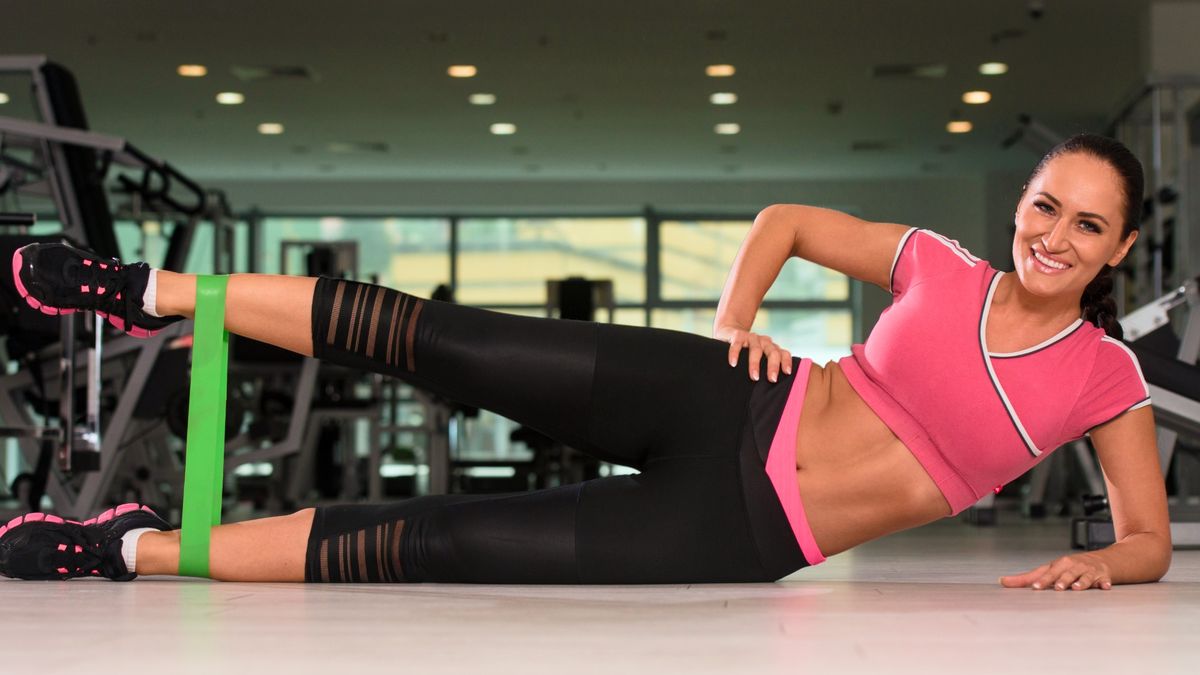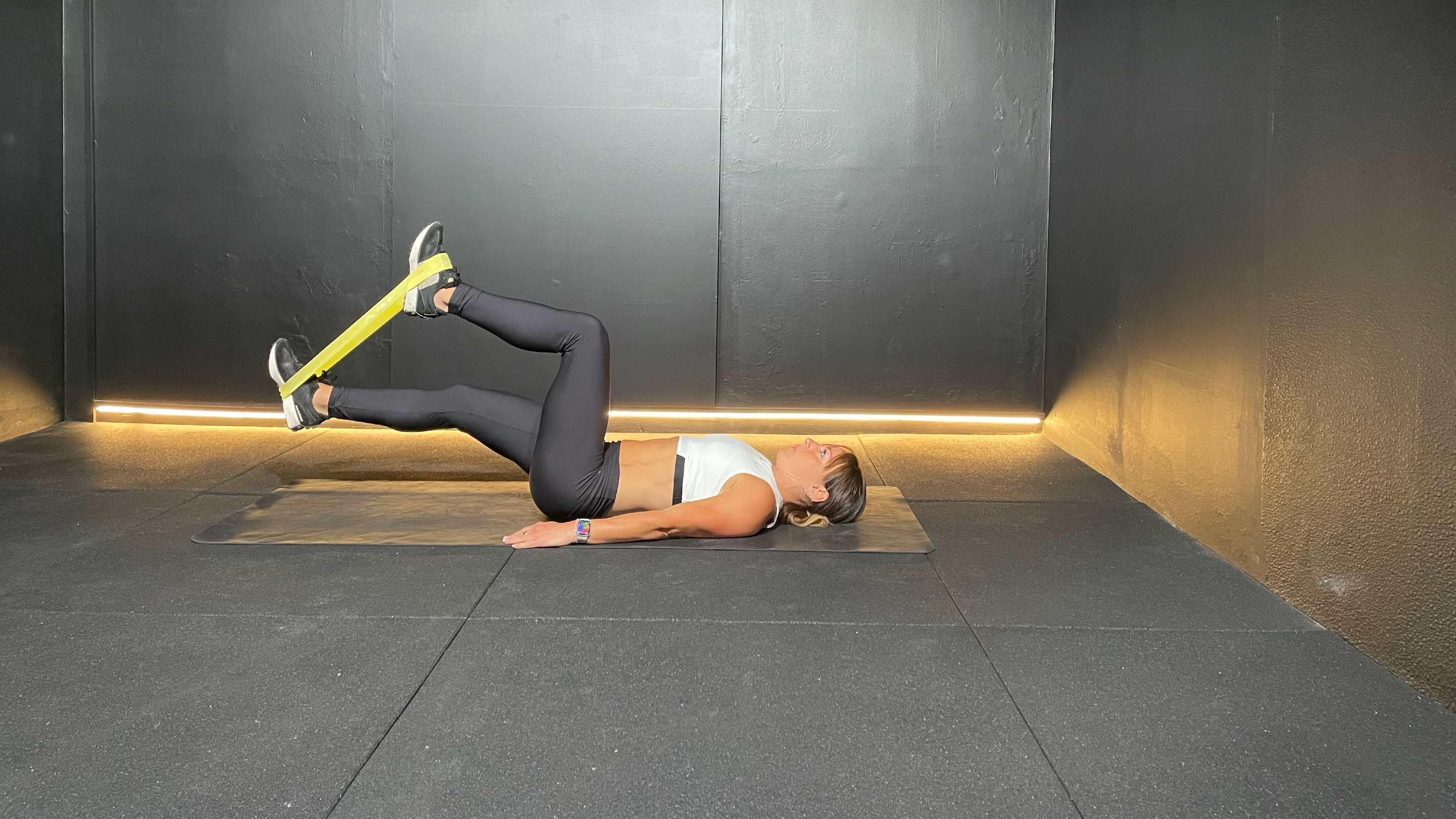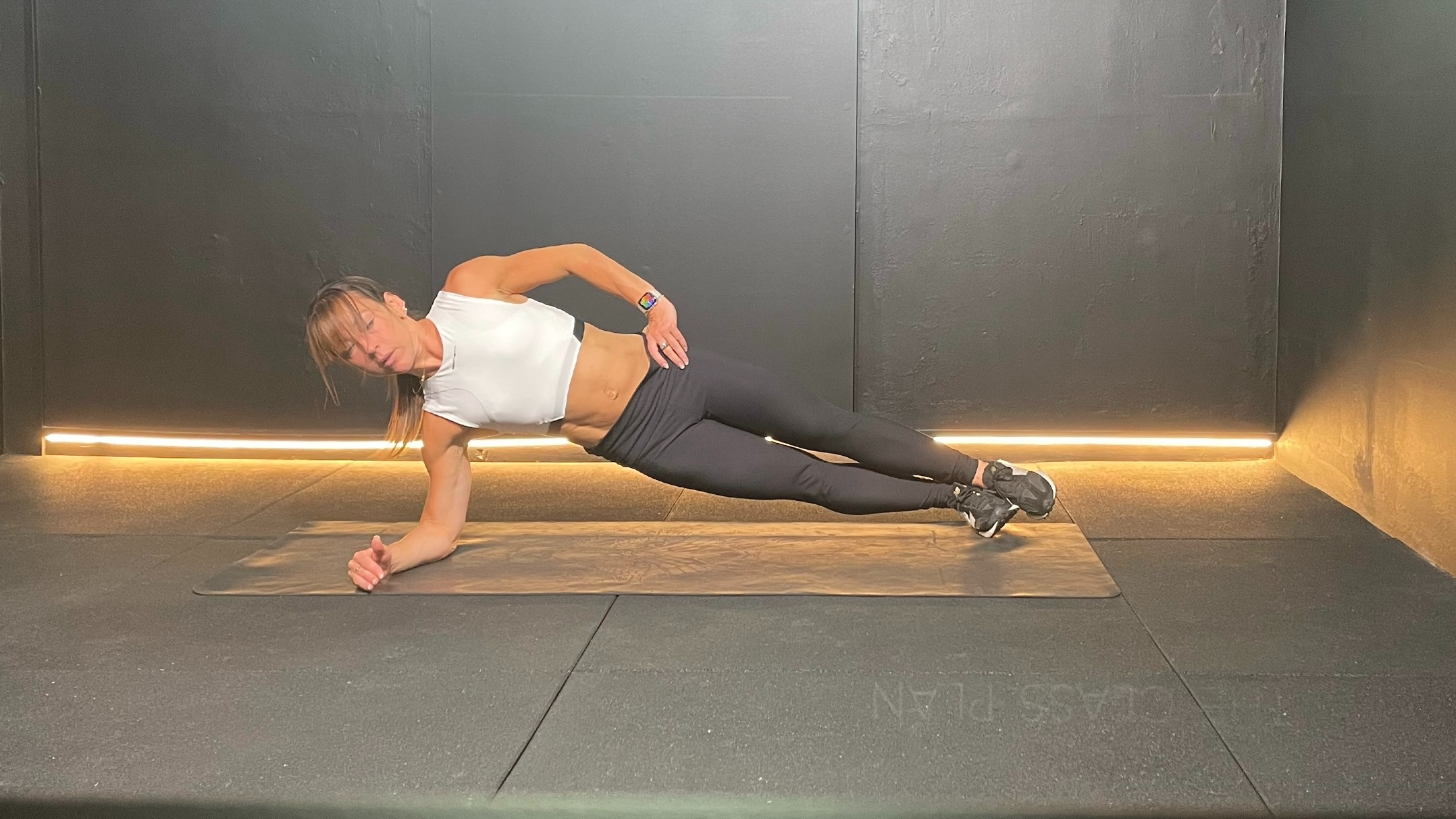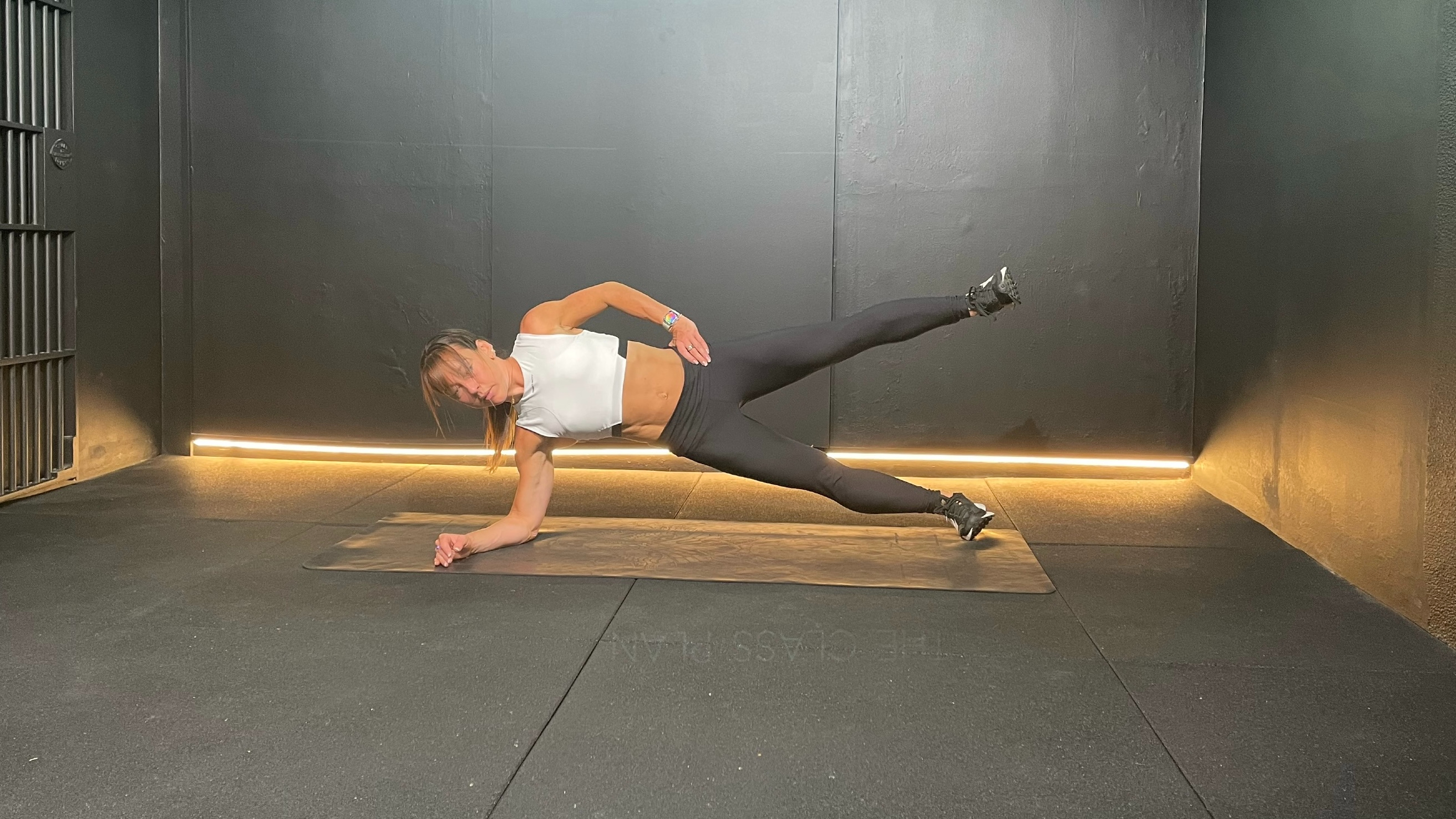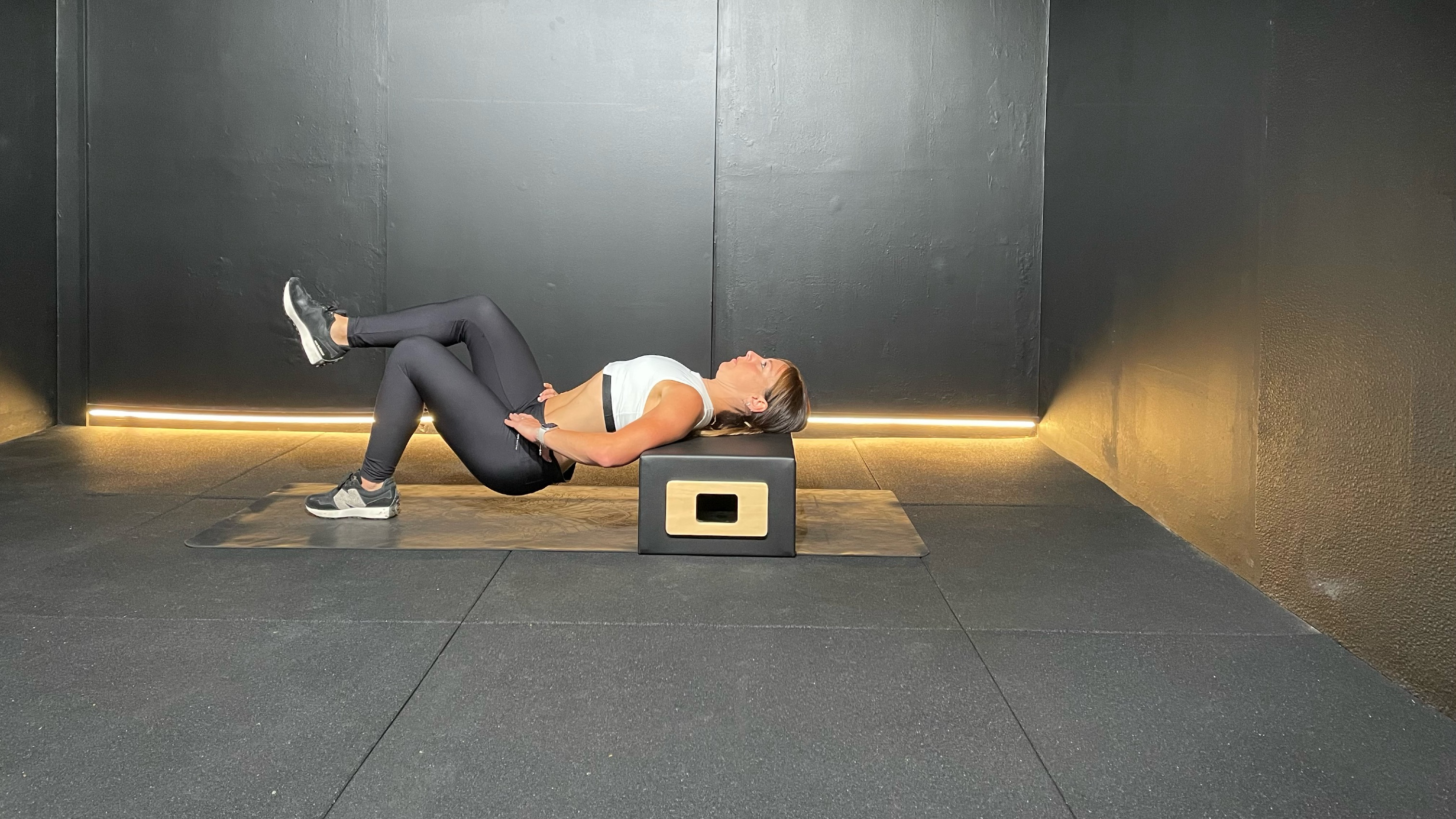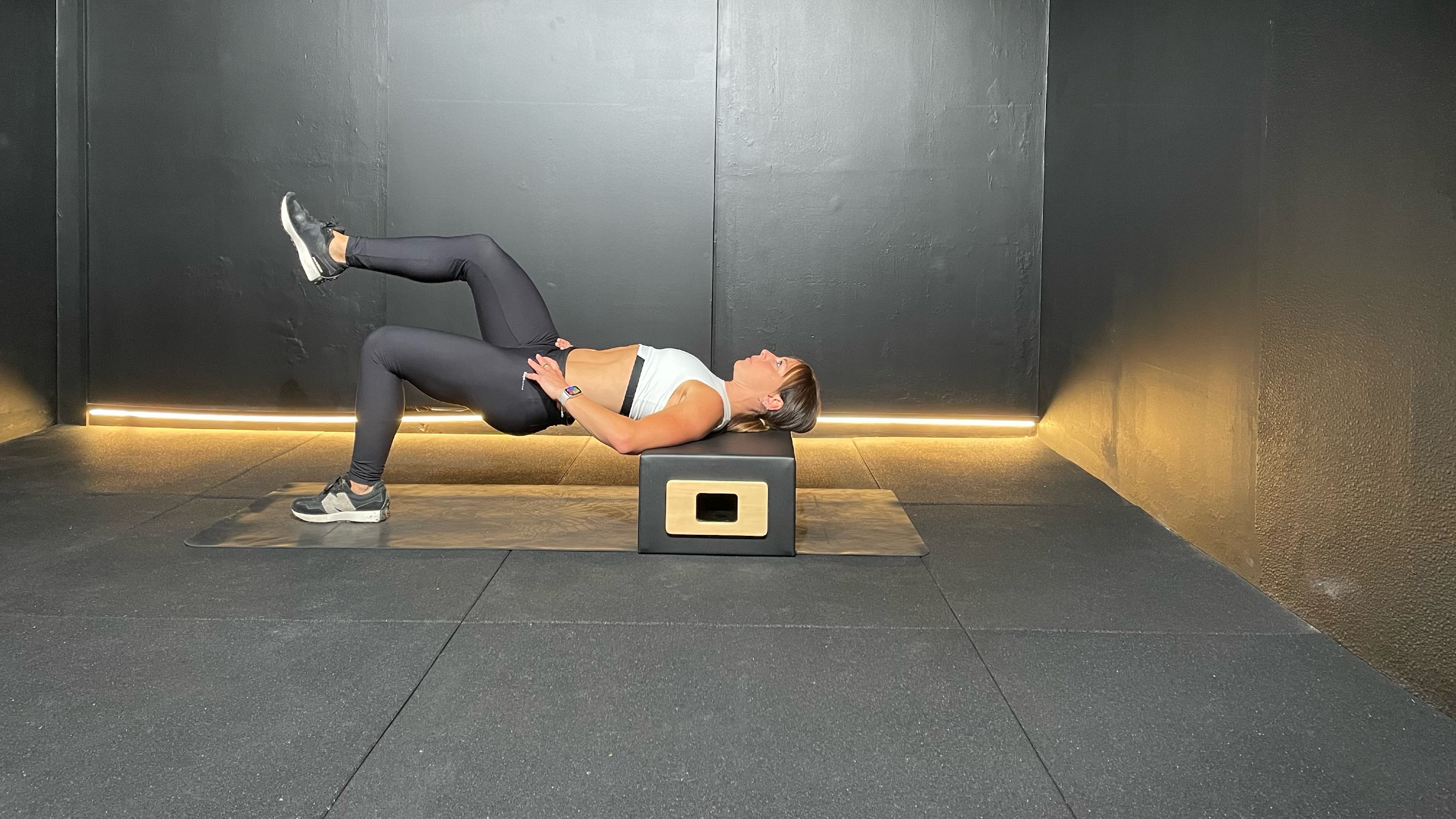For most of us, training our abs is something we begrudgingly rush through at the end of a workout. But trust us when we say that your core is one of the most vital areas of muscle in your body.
Whether you’re looking to improve your squat technique, build lean muscle tissue, or run further and faster — and importantly, remain injury-free — a solid core is crucial, which is where this three-move circuit comes in.
Plus, you don’t need any weights — just a yoga mat and one of the best resistance bands. The three moves we’ve included are fun, challenging, and varied, making for a more interesting workout than endless sit-ups and crunches.
How to do this 3-move core workout
To do this core workout, perform all three moves as a circuit, doing each exercise for 40 seconds (or 40 seconds on each side), and taking a 15-30-second rest, before starting the next exercise.
The key to working the core is to train it from all angles to achieve maximum strength, so when doing these moves, leave no stone unturned and focus on your form; we don’t want you mindlessly doing the moves as fast as possible, but instead, be conscious about slowing down and feeling into each muscle and movement.
To complete the workout, go through each move in a circuit style for five rounds in total. If you require a shorter workout, then it’s okay to do the circuit just three times — it will take 10 minutes max.
1. Banded dead bug
Not only is this move great for coordination and hip flexor strength, but it will fire up your core without putting any pressure on your lower back. No resistance band? No problem. You can do this move without it, just make sure you stretch each leg out long and low. Slow is your friend.
- For the banded deadbug, lie on your back with a band secured around your ankles.
- Start with a 90-degree bend in both knees and hips, arms straight up in the air.
- Engage your core, pressing your lower back into the floor.
- From here, extend the banded leg, before then bringing the knee back to 90 degrees in the hip working powerfully into the hip and core.
2. Side plank leg raise
This is a great move to work into the obliques as well as the glutes and outer thighs. It will also work your balance, stability, and coordination. Just be sure to do 40 seconds on each side before moving on to the next exercise.
- Lie on your side and position yourself on your bottom elbow and side of your foot.
- Lift your hips in the air, forming a straight line from ankles to shoulders, and brace your core.
- While keeping your torso stable, raise your top leg without bending your knee. Do not let your hips drop.
- Return to starting position.
3. Single-leg hip thrust
One-legged training — also known as unilateral training — is a great way to iron out any imbalances whilst working the core, which has to work extra hard to keep you balanced and stable. As with the side plank, be sure to repeat the move on both sides for 40 seconds each.
And if you don’t have a platform for your shoulders, you can do it on the floor. You just won’t get as much range of motion, but you will still get the benefits of this mid-section-focused move.
- Start by placing your shoulder blades on a solid platform — a bench, couch, or chair can work — with your feet spread apart.
- Then squeeze your shoulder blades and keeping your shins vertical and perpendicular to the ground, drive your hips up to the ceiling.
- Raise one leg while keeping the knee bent at a 90-degree angle. Take a breath and lower your glutes to the floor as you support yourself on one foot.
- Descend until your glutes are a few inches away from the floor.
- Pause for a moment, and drive through the heel to extend your hips and bring yourself to the top.
Since it only takes 10 minutes, you can add this routine to the end of a longer full-body workout or use it when you’re tight on time but still want to fit in some movement and core-strengthening exercises.
Plus, it’s a great option if you’re bored of sit-ups, but still want the benefits of a stronger core, like improved posture and blood flow, better balance and stability, and a stronger connection between your upper and lower body.

